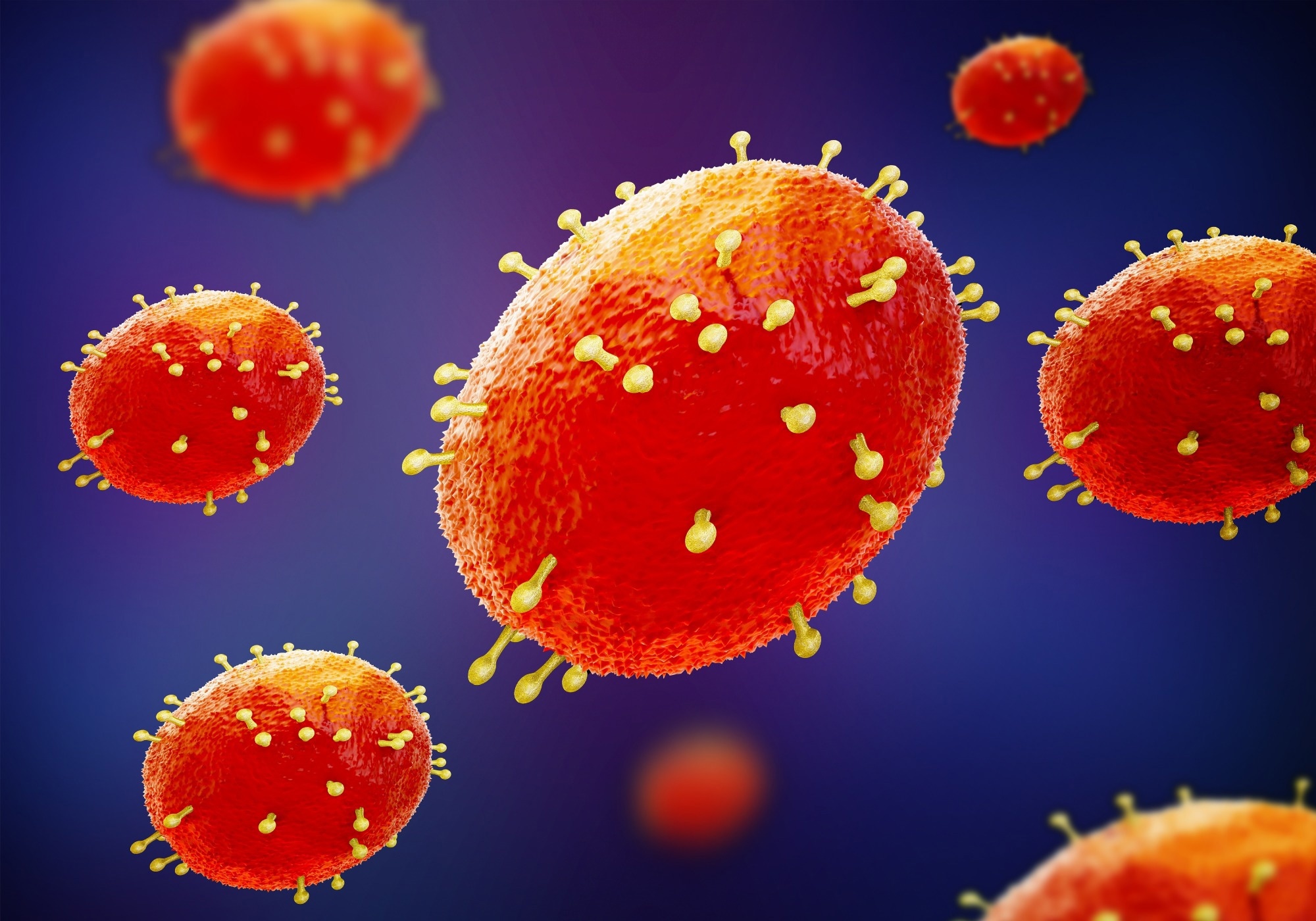Historically, monkeypox outbreaks have been primarily found in Central and West Africa. This zoonotic infection is caused by the monkeypox virus (MPXV), which belongs to the Poxviridae family of the Orthopoxvirus genus. Until 2022, the incidence of monkeypox outside Africa was a rare event.
The recent detection of monkeypox outside Africa was found to be linked to patients’ household contacts. Interestingly, a monkeypox case outside Africa was reported in 2003 connected to importing exotic pets.
 Study: Ten-Week Follow-Up of Monkeypox Case-Patient, Sweden, 2022. Image Credit: MIA Studio/Shutterstock
Study: Ten-Week Follow-Up of Monkeypox Case-Patient, Sweden, 2022. Image Credit: MIA Studio/Shutterstock
Background
The monkeypox outbreaks in Australia, Europe, Israel, and the U.S., were reported in May 2022. This infection was predominantly found in men involved in sexual activity with other men. Interestingly, compared to the previous outbreaks, the new monkeypox outbreak exhibited distinct clinical symptoms with localized rashes and mucosal lesions, mainly in the genital area. Apart from these clinical manifestations, patients with monkeypox also suffered lymphadenopathy and fever.
In a recent monkeypox case in Sweden, scientists focussed on clinical symptoms, viral kinetics, and microbial diagnostics. Additionally, bioinformatic analysis of genomic sequences was performed. This case study is available in Emerging Infectious Diseases.
Case study
The current study analyzed a male patient with monkeypox from Sweden. He did not have a history of smallpox vaccination and was otherwise healthy. The patient reported an inguinal swelling on day 0, with a manifestation of a small skin change on his foreskin the following day. This change in the foreskin quickly transformed into a deeper and well-circumscribed lesion with local lymphadenopathy within the next few days.
On the 5th and 6th day, fever developed peaking at 39°C. The patient sought care at an outpatient clinic after a week from the symptom onset. During this time, the fever subsided and no new lesions erupted.
The patient reported receiving oral sex from several male partners, within the three weeks before the manifestation of clinical symptoms. On day 11, the lesions increased to 2 cm in diameter. Clinicians performed microbiologic analyses for syphilis, herpes simplex virus, and Haemophilus ducreyi, and all tests were negative. The patient was also subjected to MPXV analysis at the Public Health Agency of Sweden.
The real-time PCRs analysis for orthopoxvirus DNA and MPXV DNA was conducted using the genital swab samples. This test showed a positive result that was reconfirmed using the Sanger sequencing method.
Although the genital lesions healed, local lymphadenopathy increased. On day 25, the patient suffered a ruptured lymph node with discharge. During a follow-up visit on day 25, he was reported to be feeling much better; however, he had enlarged lymph nodes. Additionally, the genital lesions also reduced to 5 mm and only bled slightly when touched. The ruptured lymph nodes also healed during this period.
During the ten-week follow-up, clinicians collected repeated samples from the ruptured local lymph node, urine, blood, semen, respiratory tract, and genital lesion. MPXV DNA was detected from most samples. Nevertheless, genital samples, which initially tested positive, exhibited a rapid decline in the viral DNA content. MPXV DNA was detected in ruptured lymph node samples 40 days after symptoms onset. Similarly, the virus was found in semen samples after 54 days and in saliva after 76 days.
Electron microscopic analysis of skin lesions revealed characteristic of orthopoxviruses that were 220–450-nm long and 140–260-nm wide. Metagenomics sequencing of the extracted DNA sample from genital lesions helped the viral genomic reconstruction. This analysis strongly indicated that the case virus belonged to the West African clade. Additionally, a single-nucleotide polymorphism distance of 4nt was observed.
Implications
Monkeypox is being reported every day in different countries. The clinical symptoms and transmission route of new cases have been found to be different from previous monkeypox infection symptoms. These new aspects strongly influence the clinical management of the infection, and the formulation of public health measures. There is an urgent need to control the monkeypox outbreak at an early stage and prevent further transmission of infection.
Many important pieces of information regarding monkeypox have been highlighted in this case study. For instance, the clinical manifestation of single genital lesions and enlarged local lymph nodes were observed. These clinical manifestations clearly indicated that the MPXV strain, associated with the 2022 monkeypox outbreak, is different from previous outbreaks.
The new strain associated with the incidence of localized lesions is significantly different from the classic generalized rash or vesicles that spread over the body. In addition, rupture of the lymph nodes is also a new symptom. Interestingly, differential viral kinetics were also observed in different samples over time. The persistence of MPXV DNA in semen and respiratory samples implicates the transmission route.
Phylogenetic analyses showed that the new strain of virus belongs to the Western African clade of monkeypox, which has exhibited lower mortality rates compared to the Central African clade. The current study presented a fast and accurate bioinformatic analysis to classify viruses at a relatively low cost.